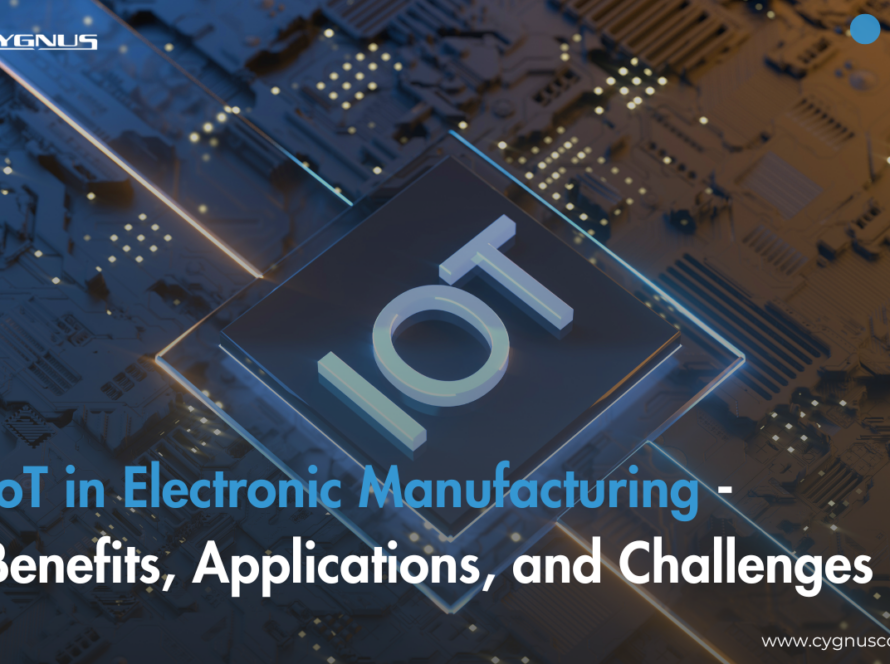The journey of transforming a mere idea into a tangible product is both exhilarating and complex. Central to this transformation is understanding the 5 Stages of the Product Development Cycle, a fundamental framework that guides innovators and companies through the meticulous process of product creation. From conceptualization to market launch, each stage plays a pivotal role in ensuring a product’s success and sustainability.
As we get into these stages, one might wonder, “How does a PLD work?” or “Product Lifecycle Development.” This cycle not only facilitates a structured approach but also integrates feedback loops to refine and perfect the product. According to the Product Development and Management Association (PDMA), companies that excel in product development achieve a 5.5% higher profit margin than their less proficient peers, highlighting the critical importance of mastering this cycle in today’s competitive markets. Let’s explore these stages in depth to understand how they contribute to a product’s journey from concept to consumer.
What is the Product Development Cycle?
The Product Development Cycle is a structured approach that guides the transformation of an idea into a fully realized product available in the market. This cycle is essential for ensuring that products meet market needs and are developed in an efficient and cost-effective manner. Let’s break down each stage of the cycle:

Stage 1: Idea Generation:
Idea generation is the spark that ignites the 5 stages of the product development cycle. The new product development usually starts with brainstorming sessions that explore new ideas, particularly those that fulfill a need or solve an existing problem in innovative ways.
Techniques for Ideation:
- Brainstorming Sessions: Utilize digital brainstorming tools to capture and explore ideas, fostering an environment where creativity leads the research and development of a product.
- Customer Feedback: Engage directly with users through surveys and interviews to gather insights on their needs and pain points, particularly in electronic gadgets.
- Competitive Analysis: Analyze existing electronic products to identify gaps and opportunities in the market.
Example:
Imagine you are designing a new smartwatch. Initial ideas might include a device that not only tracks fitness but also analyzes stress levels and offers real-time health monitoring features.
Stage 2: Concept Development:
This stage transforms initial ideas into detailed concepts, highlighting specific features, target markets, and potential benefits as part of the early research and development of a product.
Techniques for Concept Development:
- Mind Mapping: Use visual diagrams to link different product features and user benefits clearly.
- SWOT Analysis: Evaluate the strengths, weaknesses, opportunities, and threats associated with your smartwatch concept.
- Prototyping: Create a small scale product before product prototype phase to help visualize how the smartwatch might look and function.
Example:
Focus on developing the stress-analysis feature of your smartwatch, outlining how it uses sensors to monitor physiological data to provide wellness advice.
Stage 3: Planning
Effective planning turns your product concept into a feasible project. This stage outlines the design, development timeline, budget, and necessary resources, highlighting how does a PLD work.
Techniques for Planning:
- Gantt Charts: Map out the development timeline for your smartwatch, from initial design to market launch.
- Budget Planning: Estimate the costs associated with hardware components, software development, and marketing.
- Risk Management: Anticipate challenges like hardware malfunctions or software bugs and plan strategies to mitigate these risks.
Example:
Prepare a timeline that includes phases for hardware testing, OS development, and user interface design, ensuring each stage is budgeted and scheduled accurately.
Stage 4: Testing
Testing ensures that the smartwatch meets its design specifications and user expectations, crucial for how does a PLS operates in ensuring product quality.
Techniques for Testing:
- Prototype Testing: Test the smartwatch prototypes in real-world settings to assess functionality and gather user feedback.
- Beta Testing: Provide a group of users with early versions of the smartwatch to identify any usability issues or bugs that need addressing.
Example:
Conduct field tests where users wear the smartwatch during various activities to evaluate its performance, battery life, and stress-analysis features.
Stage 5: Launch
The launch is the final stage where your smartwatch is introduced to the market, employing strategies to maximize its impact and ensure successful products in the introduction stage.
Techniques for a Successful Launch:
- Marketing Campaigns: Use targeted advertising on social media and tech blogs to highlight unique features like the stress-analysis capability.
- Launch Events: Host a launch event that showcases the smartwatch’s innovative features through live demonstrations and interactive sessions.
Example:
Kick off a launch campaign that focuses on the smartwatch’s ability to enhance users’ health through innovative stress tracking and management features, leveraging partnerships with health influencers to boost reach and credibility.
What to Consider When Partnering with an Electronic Product Development Company?
Choosing the right partner for your electronic product development is crucial for the success of your project. Here are several factors to consider when selecting an electronic product development company:
1. Expertise and Experience:
Ensure that the company you partner with, such as Cygnus Corp, a leading name in the field, has a proven track record in developing electronic products. Their expertise can significantly influence the research and development of a product, ensuring that the design and functionality meet market needs and technical standards.
2. Understanding of the Product Life Five Stages:
A competent development partner will have a deep understanding of the 5 Stages of the product development cycle. This knowledge is vital as how does a PLD work affects every decision in the process, from ideation to the final product launch. Their expertise in managing products in the introduction stage can make the difference between a product’s success or failure.
3. Capacity for Innovation:
Look for a company that thrives on innovation and is equipped to handle the various complexities that come with developing new technology. Their ability to innovate is especially crucial during the small scale product before product prototype phase, where creative solutions to unforeseen problems are often needed.
4. Quality Assurance Processes:
Quality assurance is critical, particularly for products in the introduction stage. Ensure that the company has robust testing and quality control measures in place to address any issues before the product hits the market. This step is crucial to avoid costly recalls and to maintain consumer trust.
5. Project Management and Communication:
Effective communication and project management are essential to keep the project on track and within budget. A reliable partner will keep you informed through every phase of the product life five stages and be transparent about any challenges that arise, ensuring that the project’s goals and deadlines are met.
6. Scalability and Future Support:
Consider whether the Electronic Product Development Company can scale solutions and provide ongoing support post-launch. As your product evolves, having a partner that offers future enhancements and technical support is invaluable.
7. Intellectual Property Protection:
Finally, intellectual property (IP) protection is a key consideration. Your development partner should have measures in place to protect your IP rights throughout the development process.
By keeping these factors in mind and choosing a partner like Cygnus Corp, known for their comprehensive grasp of electronic product development, you can get to know about the complexities of bringing a new electronic product to market with confidence and success.
FAQS About Product Development Cycle
What are the 5 stages of product development?
The 5 stages of product development are a systematic framework for bringing a new product to market. They include: Idea Generation, where concepts are brainstormed; Concept Development, which refines these ideas into actionable plans; Design and Development, where the product is actually created and tested; Testing and Validation, to ensure the product meets all requirements and standards; and finally, Launch, where the product is introduced to the market with appropriate marketing strategies.
How important is the idea generation stage in product development?
The idea generation stage is crucial as it forms the foundation of the entire product development process. It involves generating and gathering innovative ideas that aim to fulfill a market need or address specific customer problems. The quality and creativity of ideas generated during this stage can significantly influence the success of the final product.
Can you skip any of the 5 stages of product development?
It is not recommended to skip any of the 5 stages of product development. Each stage has its specific role in ensuring the product is thoroughly developed, tested, and ready for the market. Omitting any stage can lead to incomplete testing, underdeveloped product concepts, or ineffective market introduction, which can negatively impact the product’s success and reception.
What challenges might you encounter during the testing and validation stage?
During the testing and validation stage, challenges often arise from uncovering unforeseen issues with the product’s design or functionality. This can include finding critical bugs or defects, ensuring the product meets all safety and compliance standards, and aligning the product’s performance with consumer expectations. Effective testing and validation are crucial for refining the product and ensuring its readiness for successful market launch.
Conclusion:
In conclusion, understanding how a PLD works and moving through the 5 Stages of the product development cycle are key to launching a successful product. Each stage, from the initial research and development of a product to finally introducing it to the market, is crucial.
These product life five stages provide a clear plan to follow, helping to make the process smoother and more effective. By really knowing these stages, companies can improve how they create products, lower risks, and increase their chances of success. Remember, turning an idea into a product is a detailed journey that needs careful planning and action at each step to be successful.




